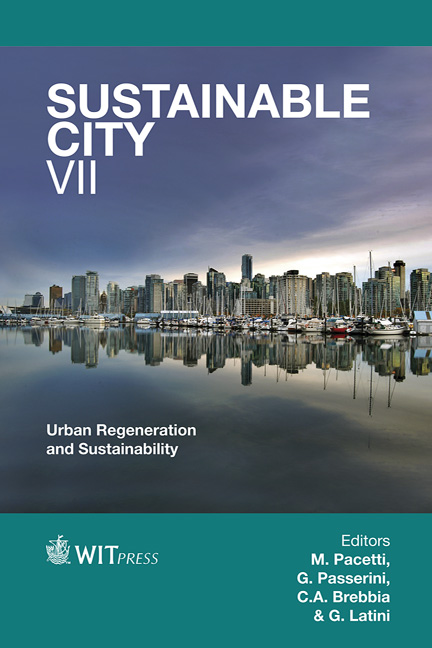Integration Of Two Methods: Buffer Zone Method And Land Property Led Urban Conservation Case Study Tokat Conservation Plan
Price
Free (open access)
Transaction
Volume
155
Pages
10
Page Range
343 - 352
Published
2012
Size
1,679 kb
Paper DOI
10.2495/SC120291
Copyright
WIT Press
Author(s)
B. Ergen, Y. B. Ergen, M. Ergen, K. Tobias & Z. Ergen
Abstract
Urban historic areas are threatened by a multifaceted problem of physical, social, functional, and economic degradation. Moreover, changing hands of urban historic areas often results in the loss of interest to protect the historic sites. As a result, the accumulated memories between the owners and the spatial structure begin to disappear. In this sense, the ownership of historic buildings becomes important. To illustrate this, an Anatolian town with historic sites, Tokat, was selected. In this paper land property-led urban conservation (LPLUC) was improved with the buffer zones method (BZM). Information technology was used in order to create the buffer zones. BZM helps to calculate covered areas and their quality, and also to compute the quality of buildings with their covered areas, which are tabulated in each buffer zone. The buffer zones were created with GIS and the data of the urban historic sites were computed with GIS. This paper emphasizes, in the context of urban conservation land, the property-led conservation approach, the importance of using GIS in urban conservation processes and the impact of BZM in relation to the historic sites and the conservation plan of Tokat. Keywords: urban conservation, land property, buffer zone method, GIS, urban conservation plan, Tokat.
Keywords
urban conservation, land property, buffer zone method, GIS, urban conservation plan, Tokat.





